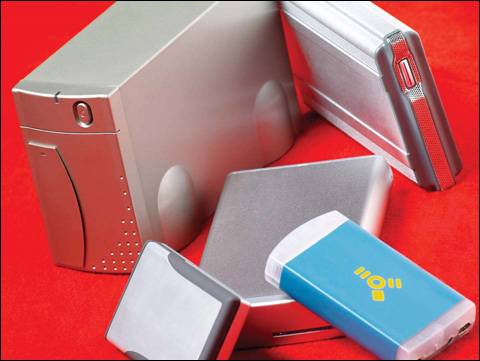Database and Image Storage
| Keeping an accurate and a current database is important for handling the business side of things, and there are many computer programs to help you accomplish this. Research and see what fits your business best. A little black pocket address book was all I started with 30 years ago. I still have it, because I don't throw anything out. It has survived computers crashing, viruses (human and electronic), and blackouts. I learned a long time ago that if something works for you and does what you need, don't change it. Although I now use an electronic organizera Palm I Trio with a black-and-white display for my client database and my schedulethere is a lot to be said for paper backup. In the studio, I use Studio Manager software for my client database, billing, and check payments. This software is installed on a separate computer that I use just for the business end of photography. I keep that computer off the Internet to keep it safe from viruses, hacking, and identity theft. Storing and organizing the photos that I've shot is a large task, since I shoot so much volume. I keep image files on computers with lots of RAM, multiple hard drives, and DVD and CD burners. I always make sure to create a double set of backups and keep them in different locations. I use manila file folders in metal file cabinets for storing older film and prints in chronological order by client name. It costs a lot to keep all of those files in a self-storage facility, but when a client calls for a print from twenty years ago, I can easily find the transparencies, negatives, print order forms, and other paperwork related to the job. It is simple, just space consuming! For my digital work, I have spindles of CDs and a 300-page book with DVDs in chronological order. I keep a second set of DVDs in another book as a backup and keep it at the self-storage facility. I've been archiving jobs for the past two years on DVDs because they hold about seven times as much information as a CD. Dave, one of my interns, has made a catalog of jobs on each DVD in chronological order. This was a tedious taskone that should be started right from the beginning and kept up constantly. Tip It is of the utmost importance that you back up everything and run virus scans on all of your computers daily. Defragment your hard drives once a week. |

